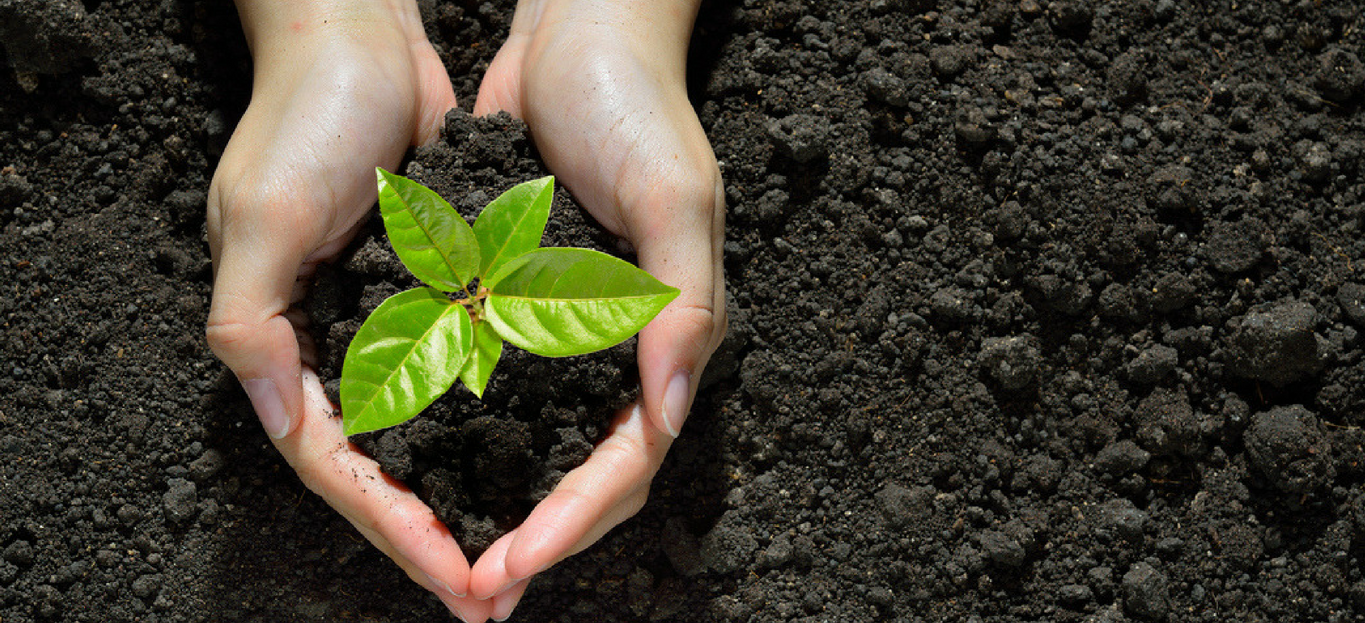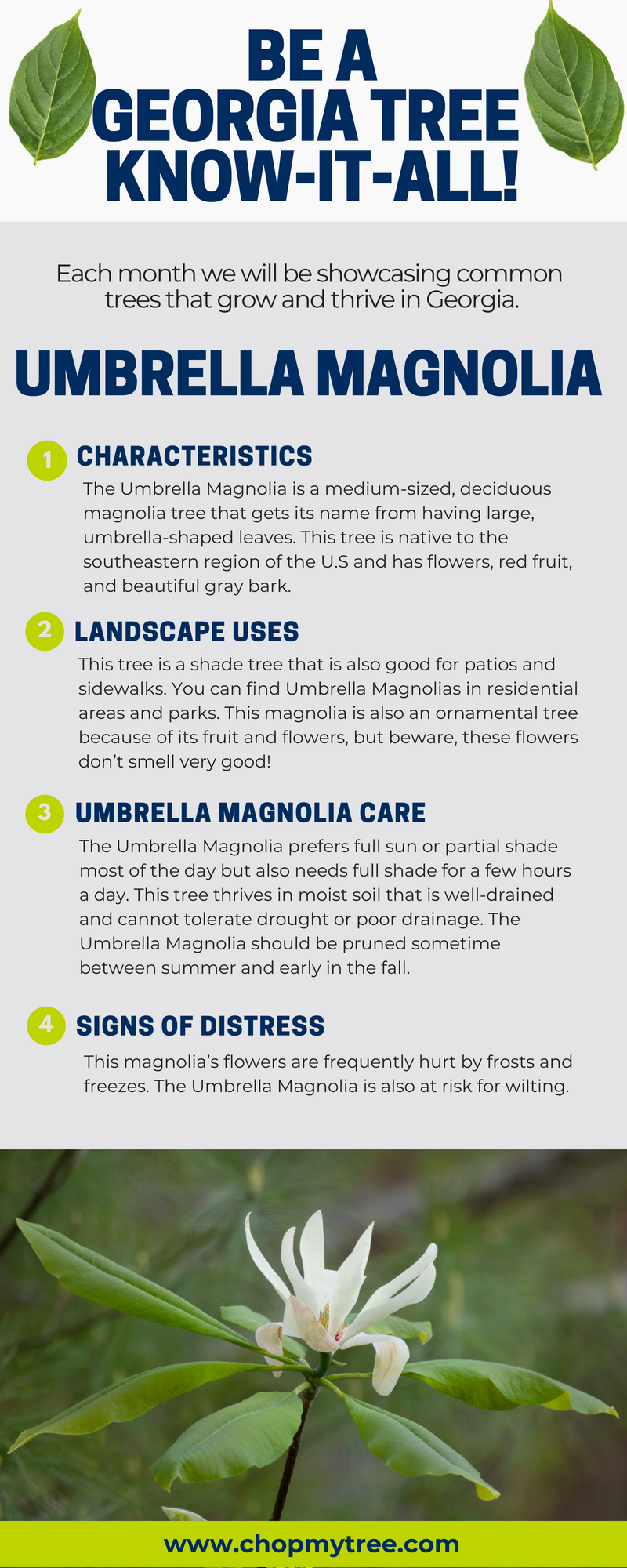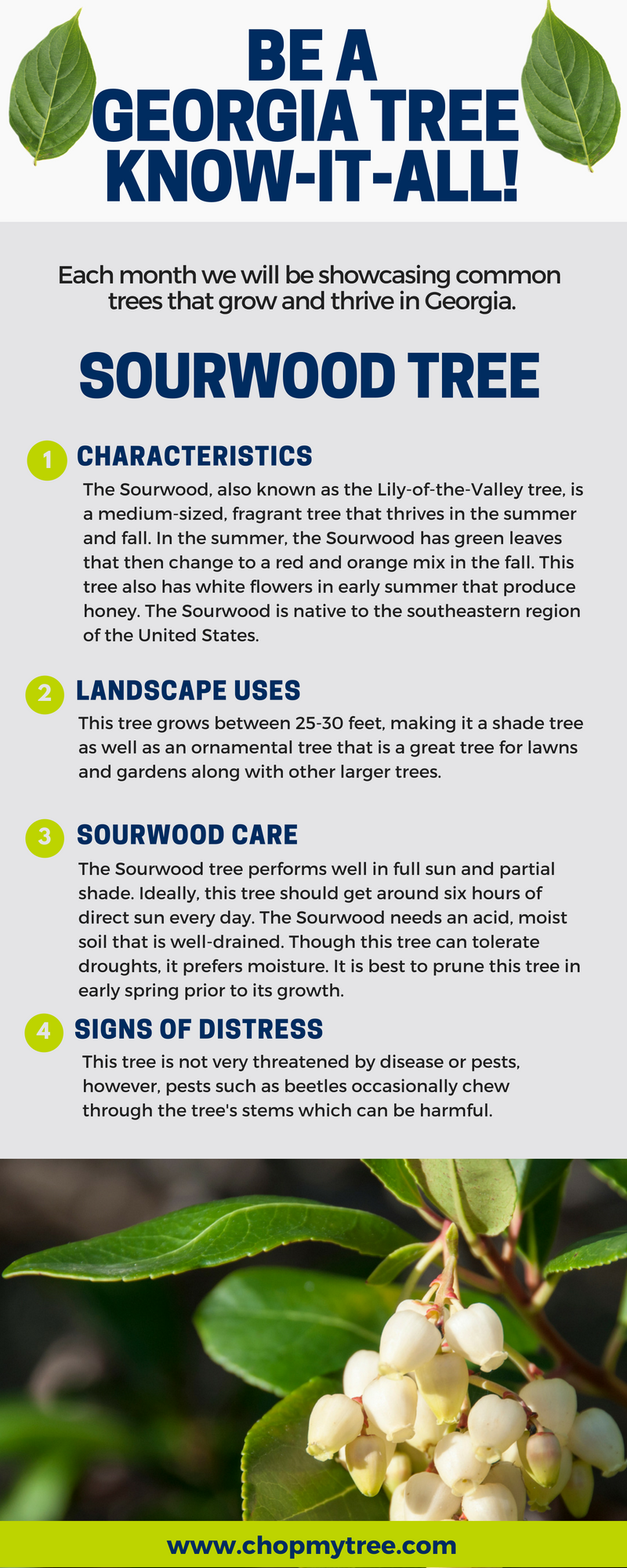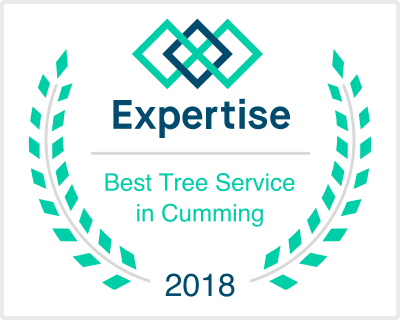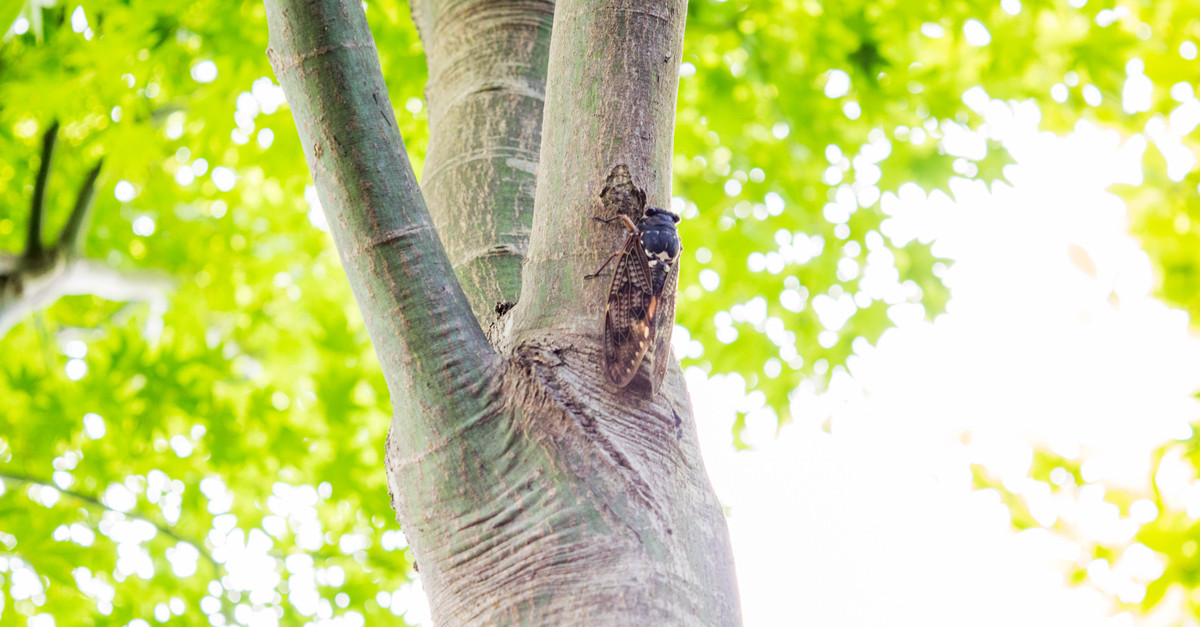The Value of Tree Care: By the Numbers
Daily life is hectic. In the midst of all of your personal and professional responsibilities, how on Earth are you supposed to fit in tree care? Is it really necessary?
The answer to that is a solid yes. The truth is, tree care is far more valuable than you might think. Let’s take a look at the numbers together.
1. Increasing Property Value
According to data from the Council of Tree and Landscape Appraisers, each tree on your property is worth up to $10,000 in property value. Many home shoppers are looking for sweeping shade, mature landscaping and privacy – services trees provide.
Proper tree care can keep your arboreal additions alive and thriving over the long haul. Whether you’re hoping to sell your house soon or want to retain its value over the next three decades, helping those trees is critical.
2. Preventing Unforeseen Expenses
Sometimes storms or other acts of nature damage trees, and there’s nothing you can do about that. However, we humans are often the cause of tree destruction, from failing to prune properly, to topping trees, to allowing suckers to proliferate. It’d be better for you (and your trees) in the long run to develop a habit of regularly scheduling tree care and check-ups from professionals, instead of having to pay for a way bigger job needed due to tree neglect.
3. Avoiding Tree Replacement Costs
When something does happen to your trees, you have to deal with more than the loss of property value and the expense of dealing with the damage or removal of that tree. You also have to replace it.
Unfortunately, that’s quite an expensive proposition. Online trees can go for as much as $100 for a 6-foot peach, and $50 for a 3-foot one. That’s far from mature, too, and your local nursery will almost certainly charge even higher rates. Wouldn’t you prefer to avoid the need?
How’s that for a reason to give your trees a little more TLC? If you’re looking for help in that department, Premier Tree Solutions is here for you. We specialize in tree removal, tree trimming, tree pruning, storm damage, storm cleanup, stump grinding, branch clearing, and debris removal. Whatever you need, we’re here to help.

